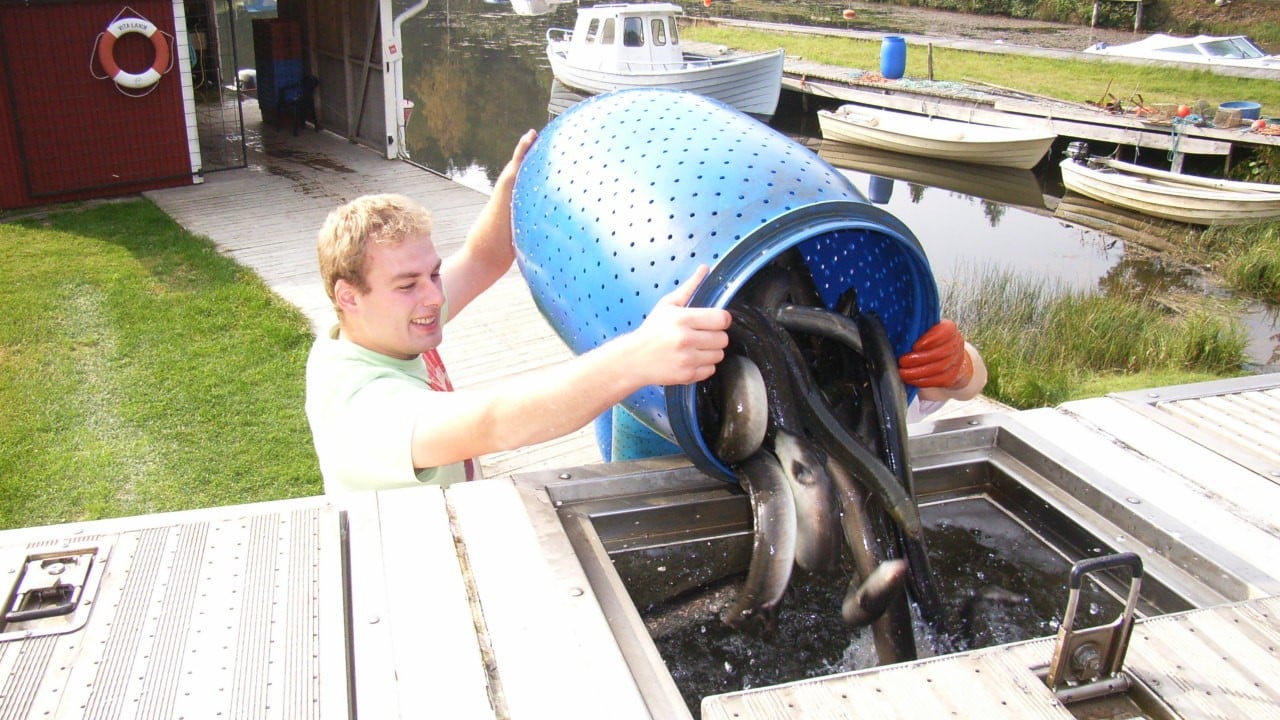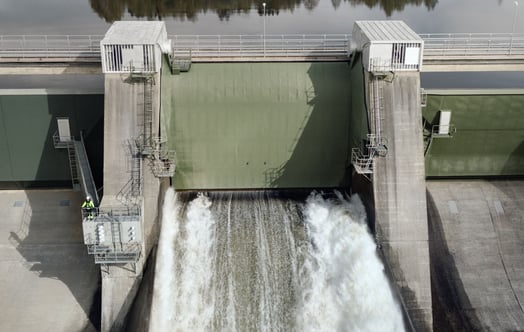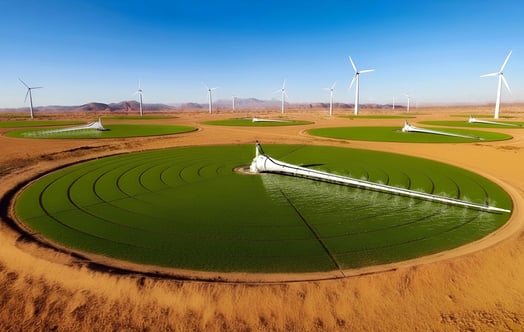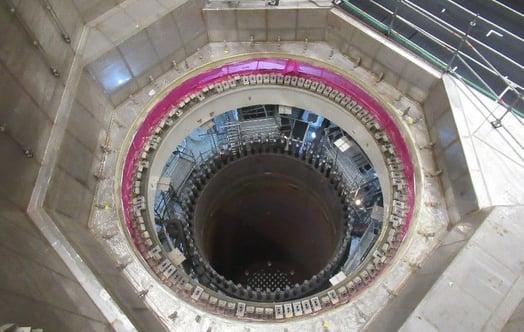The past year, more Swedish eels than ever before were wheeled from Lake Vänern to the sea. This time, their 7 000 km swim towards their spawning grounds in the Sargasso Sea is being monitored by satellite.

The European eel is a red-listed species. Possible reasons for the decline include excessive fishing, migration barriers such as hydropower stations or irrigation dams, reduced natural habitats, changing ocean currents and diseases.
Since 2011, Vattenfall is part of a voluntary project in Sweden to help strengthen the eel population. In Lake Vänern, which is the biggest lake in the EU, this involves catching the eels when they become sexually mature, and are known as silver eels. This usually happens between 15 and 20 years of age.
Using a specially built tanker truck, the Eels on Wheels transport takes the road downstream Göta River. Below the last of the power stations, Lilla Edet, the eels are released again. From there it can travel the 7 000 kilometres to its spawning grounds in the Sargasso Sea in the western part of the Atlantic, outside Cuba and the Bahamas.
Of all the silver eels caught by fishermen in Lake Vänern, Vattenfall buys up to 90 per cent, which are released to reproduce instead of ending up on dinner tables.
In 2023, a new record was set when more than 13,000 eels were moved past the hydropower plants in the Göta River. Over the years, more than 130 000 of these oblong fishes have used the Eels on Wheels transport.
“It is gratifying that these Eels on wheels transports work so well. This is a voluntary measure by the industry and research shows that the transports we carry out help to support the eel population," says Erik Sparrevik, environmental specialist at Vattenfall.
Monitored by satellite
In 2023, a number of the eels were fitted with satellite transmitters in a project together with the Swedish University of Agricultural Sciences (SLU). The transmitters are attached to the eels' backs when they are caught, and record the movement of the fish. After a certain period, the transmitter is released from its host and floats to the surface where the collected data can be transmitted to the researchers via satellite. This way, the eels journey towards the Sargasso Sea can be monitored.
A similar study with satellite transmitters was conducted in 2011. It showed, among other things, that the Swedish eels do not swim the closest route, through the English Channel. Instead they head north, round the Shetland Islands and then turn south towards the Azores. Back then, the transmitters batteries lasted only three months, when the eels were just off Ireland. Now, the battery capacity is many times better and the researchers hope that this study will result in much more data.
"The eel is a fascinating creature and there is so much we still don't know about it. No one has previously followed eels all the way from Sweden to Sargasso Sea and it will be extremely interesting to see the results of this study sometime this autumn," says Erik Sparrevik.

Subscribe to the newsletter THE EDIT
THE EDIT is Vattenfall's new monthly newsletter. Each issue highlights a new burning issue from the world of sustainable energy and fossil freedom.



